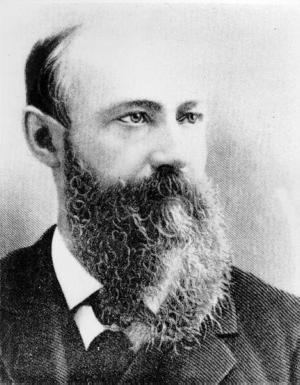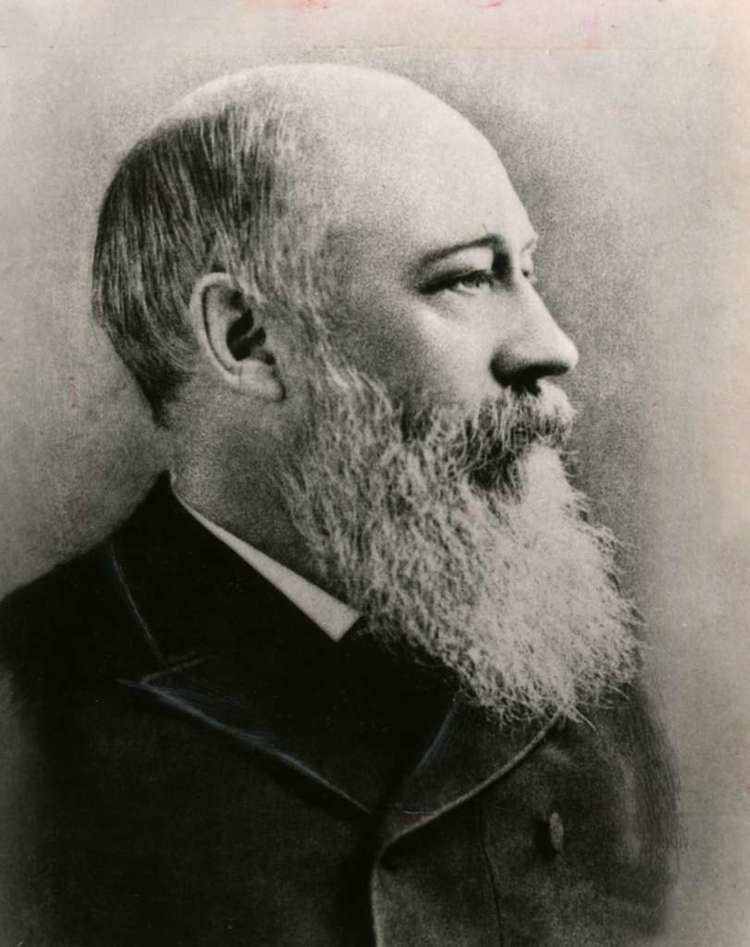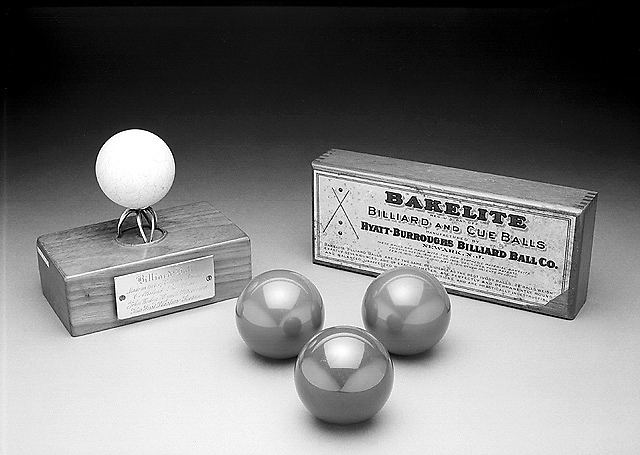Significant awards Perkin Medal | Role Inventor Name John Hyatt | |
 | ||
Similar People Alexander Parkes, Christian Friedrich Schonbein, Hannibal Goodwin, George Eastman | ||
Harlem shake john wesley hyatt
John Wesley Hyatt (November 28, 1837 – May 10, 1920) was an American inventor. He is mainly known for simplifying the production of celluloid, the first industrial plastic. Hyatt, a Perkin Medal recipient, is an inductee into the National Inventors Hall of Fame.
Contents

Chemis-tree Celluloid flammable treats
Biography

Hyatt was born in Starkey, New York, and began working as a printer when he was 16. Later, he became an inventor, receiving several hundred patents. Aided by his brother Isaiah, he experimented with Parkesine, a hardened form of nitrocellulose, while researching a substitute for ivory to produce billiard balls. Parkesine had been invented by the English Alexander Parkes in 1862, and is considered the first true plastic, although it was not a success as a commercial or industrial product. Liquid nitrocellulose, or collodion, had been used as early as 1851 by another English inventor, Frederick Scott Archer, in photographic applications; it had also been used extensively as a quick-drying film to protect the fingertips of printers. Hyatt's eventual result was a commercially viable way of producing solid, stable nitrocellulose, which he patented in the United States in 1869 as "Celluloid" (US patent 50359; now a genericized trademark). In 1870 Hyatt formed the Albany Dental Plate Company to produce, among other things, billiard balls, false teeth, and piano keys, Hyatt’s Celluloid Manufacturing Company was established in Albany, New York in 1872 and moved to Newark, New Jersey in 1873.

In parallel, a third English inventor, Daniel Spill, had independently developed essentially the same product, which he patented in the UK as "Xylonite". Spill later pursued Hyatt in a number of costly court cases between 1877 and 1884. The eventual decision was that the true inventor of celluloid was Parkes, but that all manufacturing of celluloid could continue, including Hyatt's.

Hyatt's other patented inventions include the first injection moulding machine, roller bearings and a multiple-stitch sewing machine. John Wesley Hyatt founded the Hyatt Roller Bearing Company in 1892 in Harrison, New Jersey. In 1895 he hired Alfred P. Sloan, son of a major investor in the company, as a draftsman. In 1905 he made Sloan president. The company was sold to General Motors in 1916, and Sloan went on to become president of GM.
